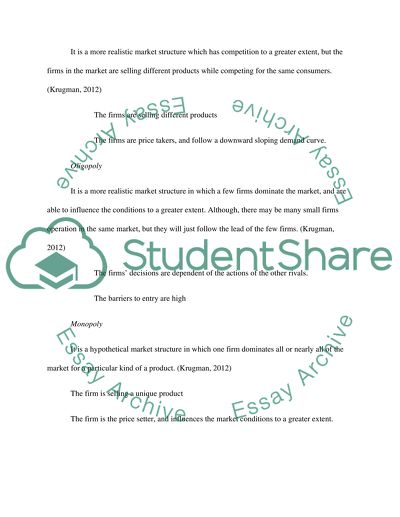Cite this document
(“Market Structure Assignment Example | Topics and Well Written Essays - 2000 words”, n.d.)
Market Structure Assignment Example | Topics and Well Written Essays - 2000 words. Retrieved from https://studentshare.org/macro-microeconomics/1623245-market-structure
Market Structure Assignment Example | Topics and Well Written Essays - 2000 words. Retrieved from https://studentshare.org/macro-microeconomics/1623245-market-structure
(Market Structure Assignment Example | Topics and Well Written Essays - 2000 Words)
Market Structure Assignment Example | Topics and Well Written Essays - 2000 Words. https://studentshare.org/macro-microeconomics/1623245-market-structure.
Market Structure Assignment Example | Topics and Well Written Essays - 2000 Words. https://studentshare.org/macro-microeconomics/1623245-market-structure.
“Market Structure Assignment Example | Topics and Well Written Essays - 2000 Words”, n.d. https://studentshare.org/macro-microeconomics/1623245-market-structure.


